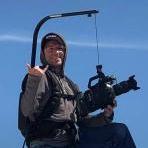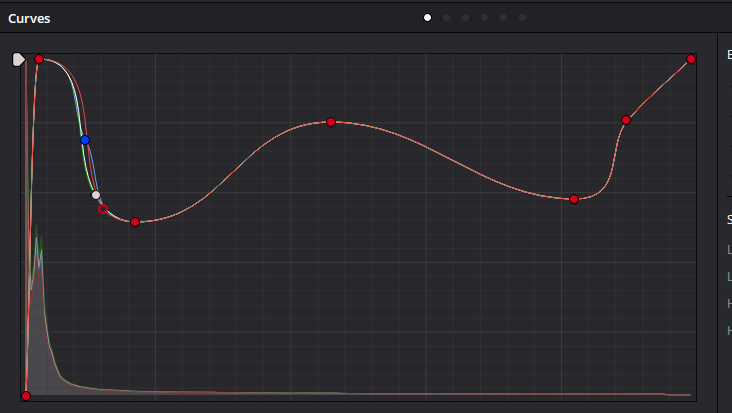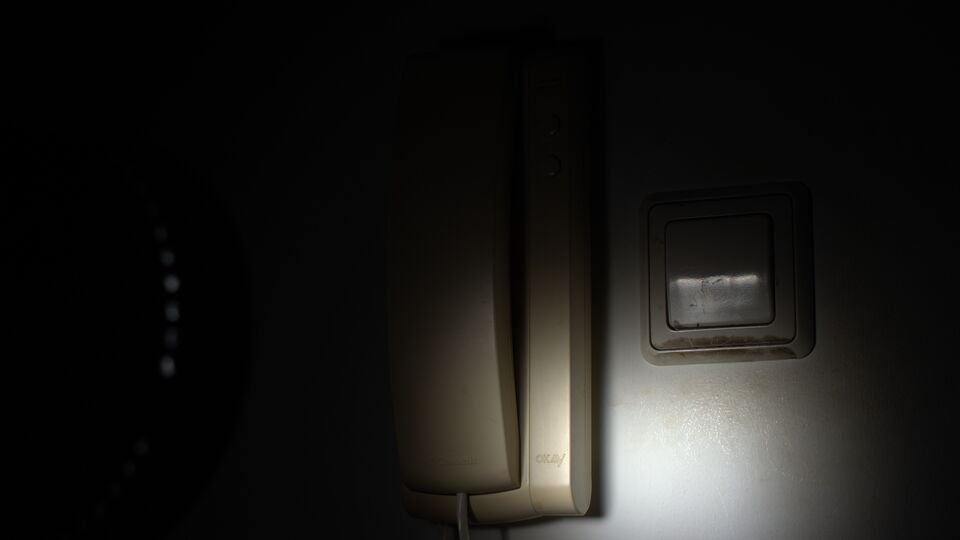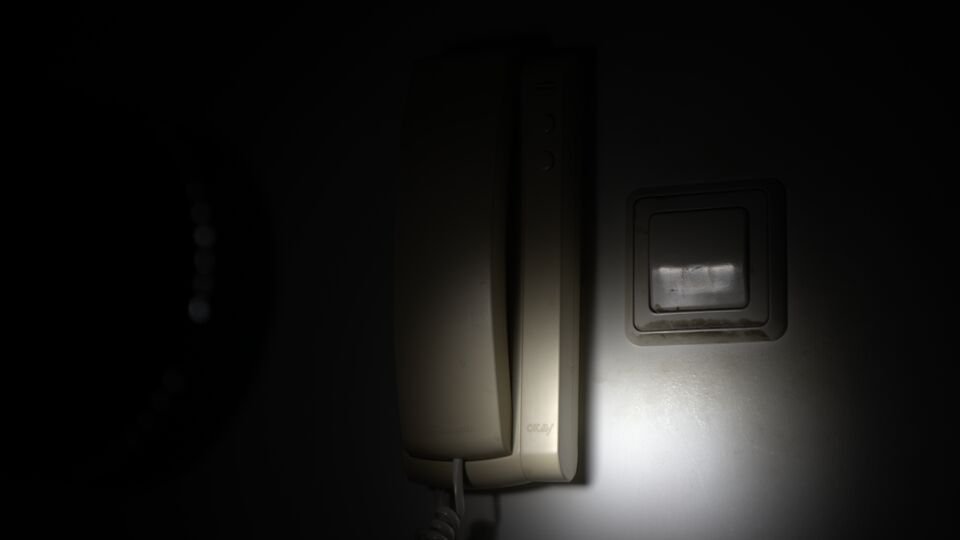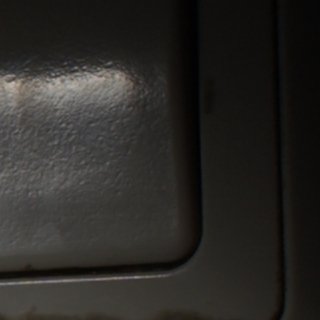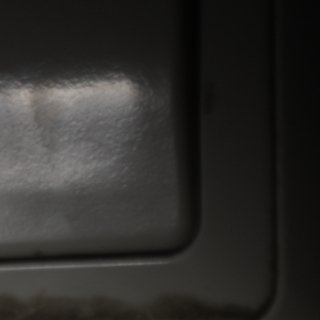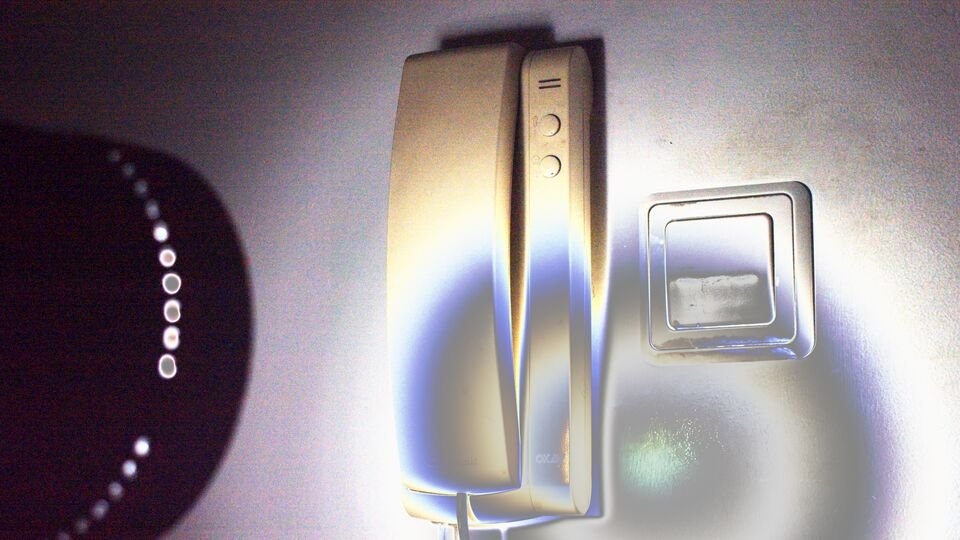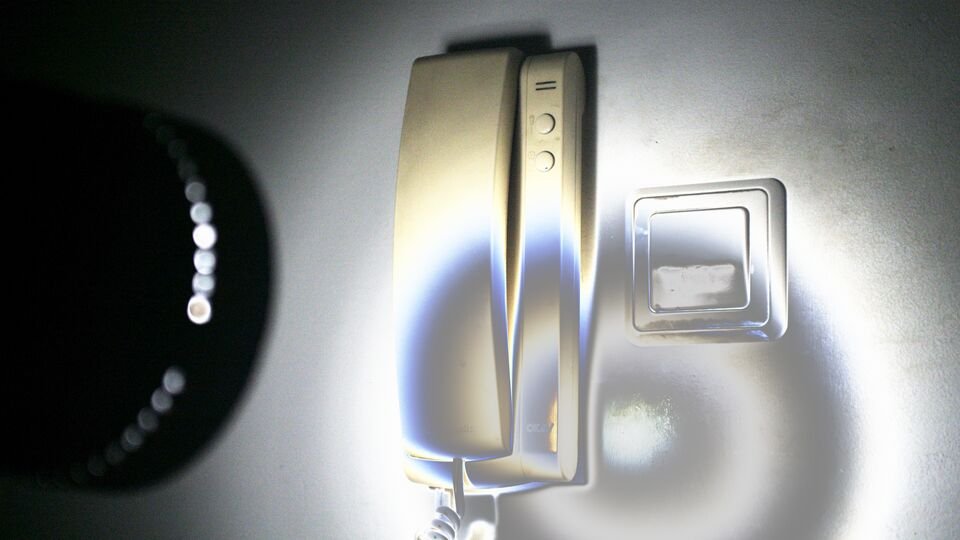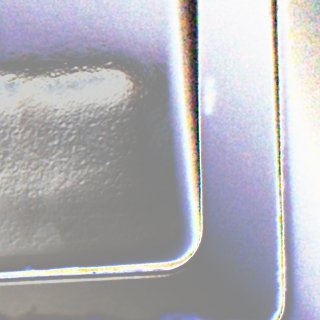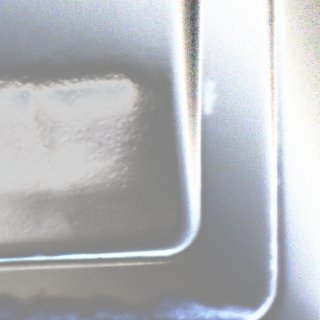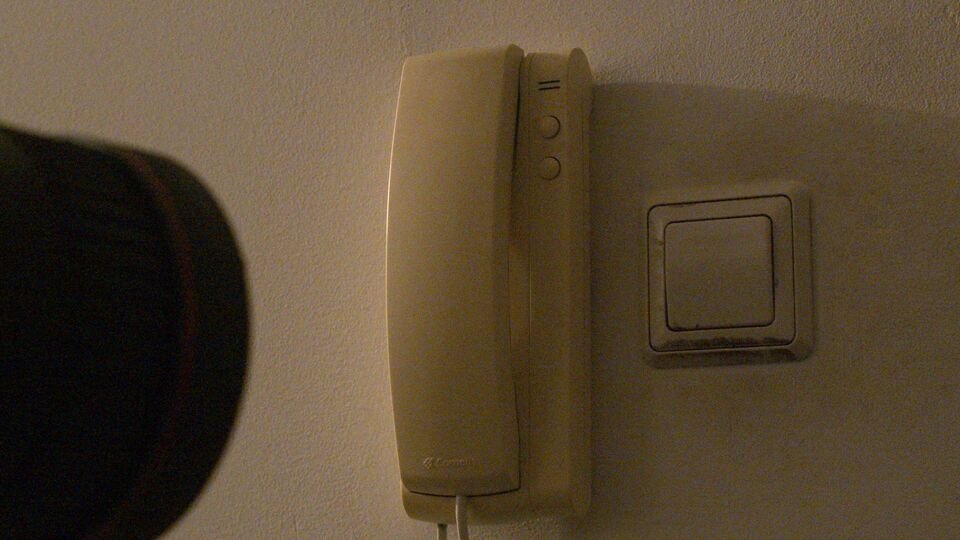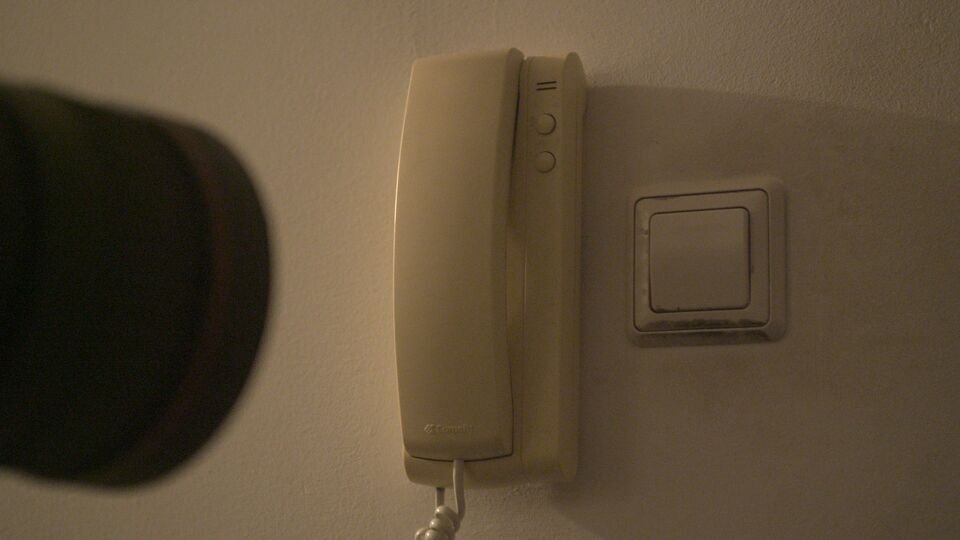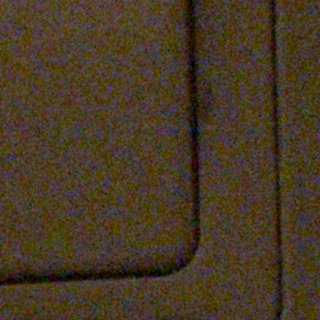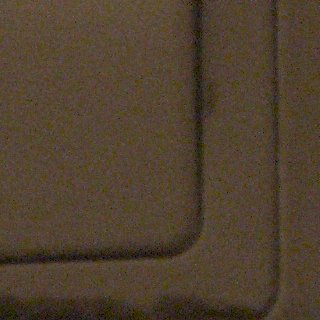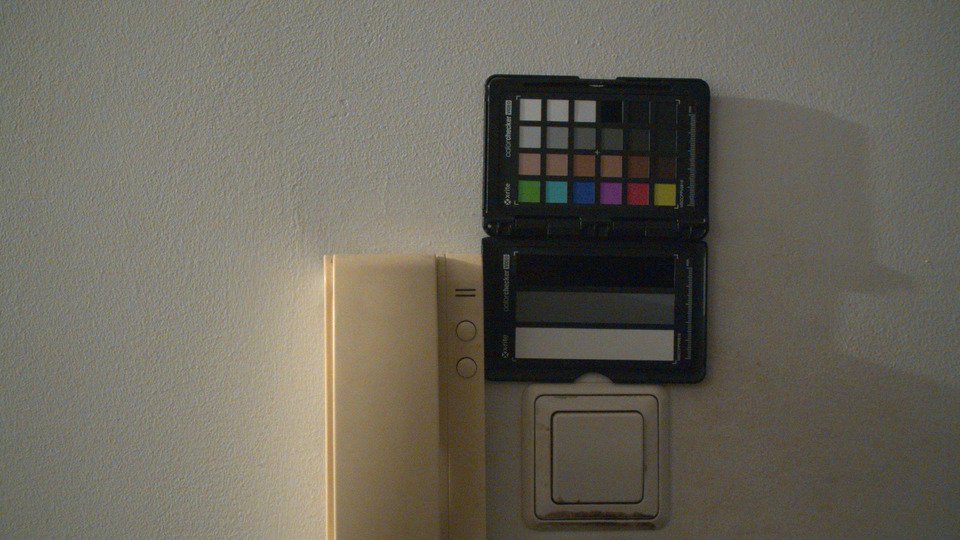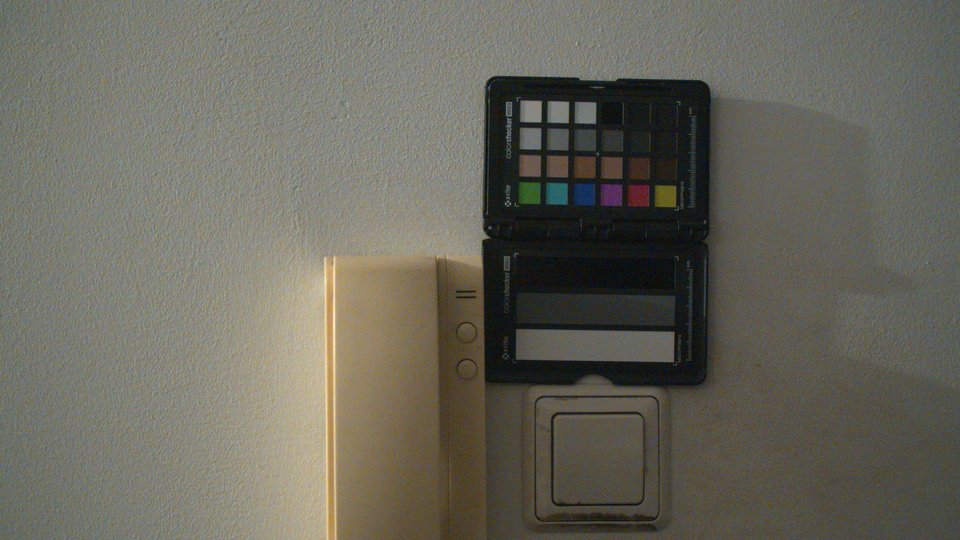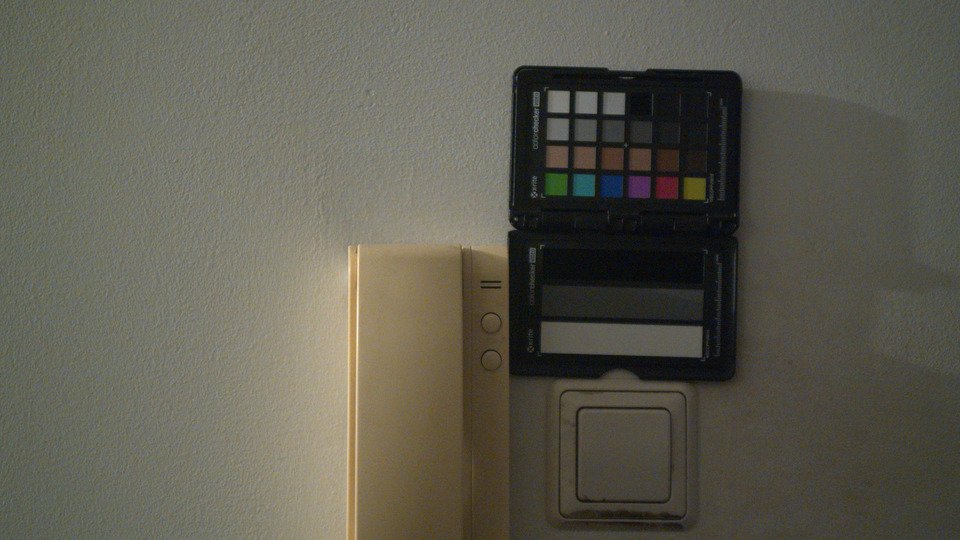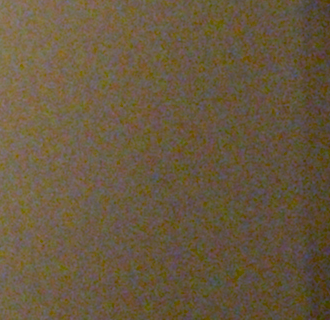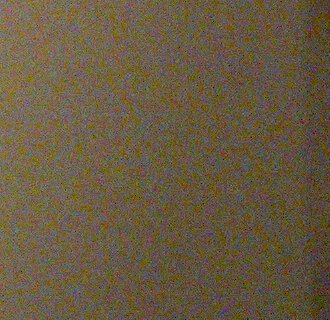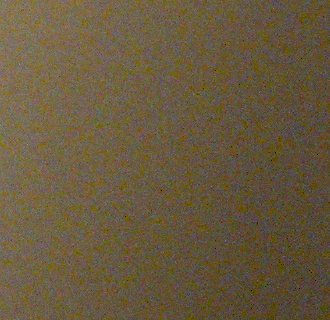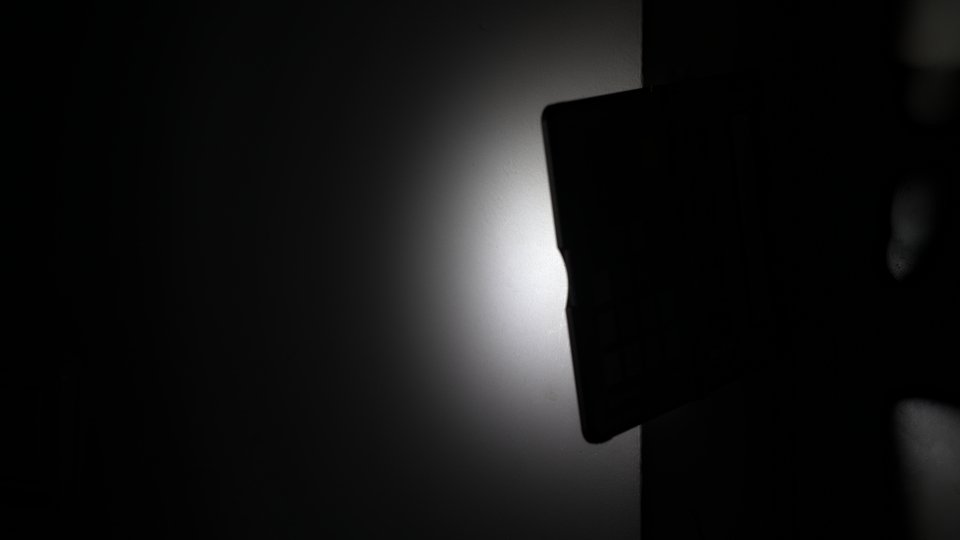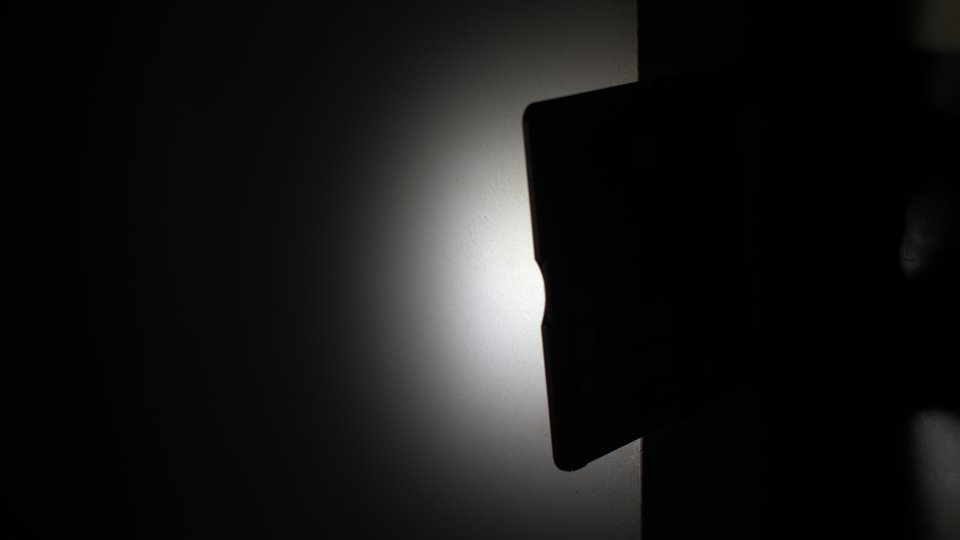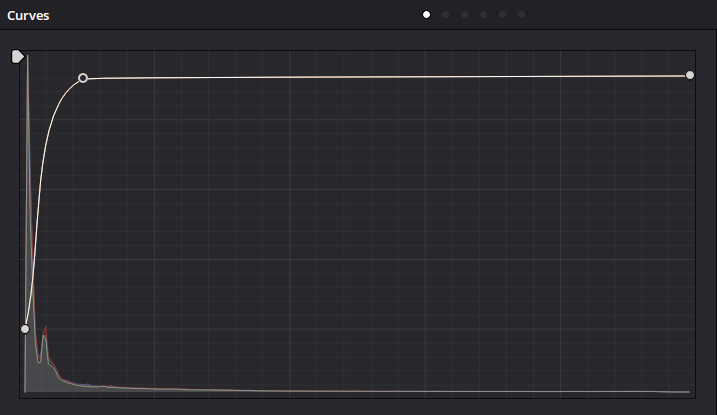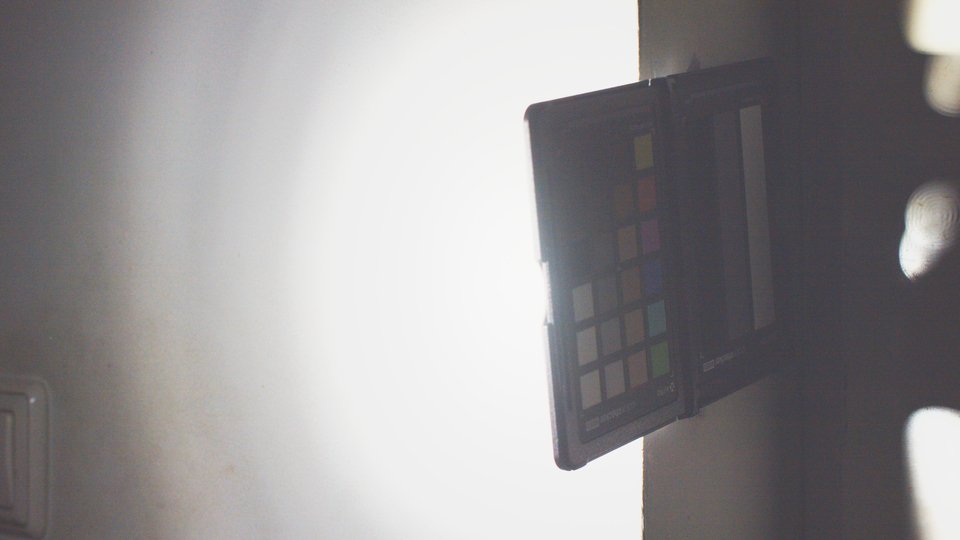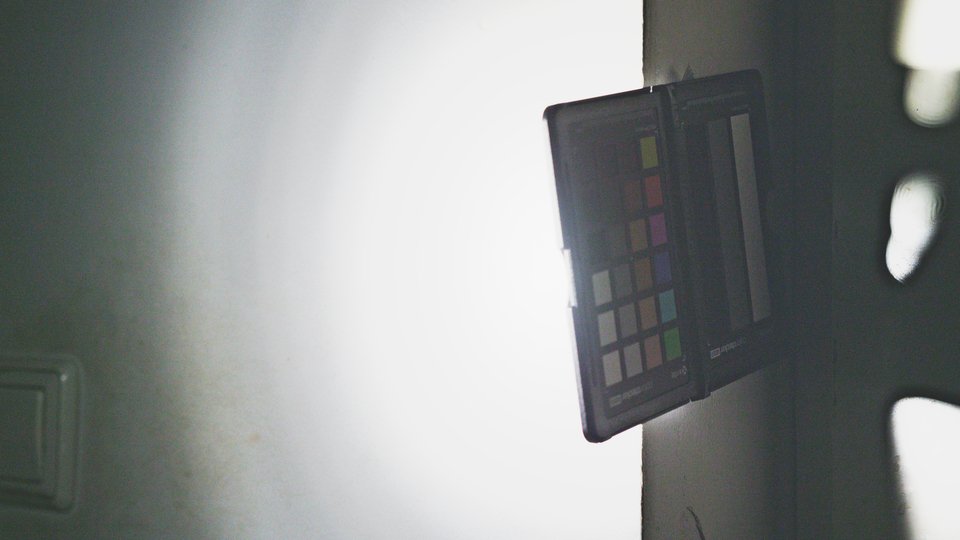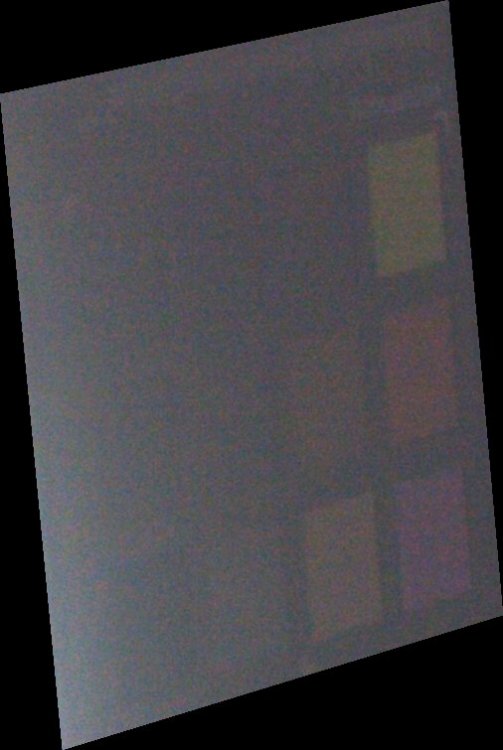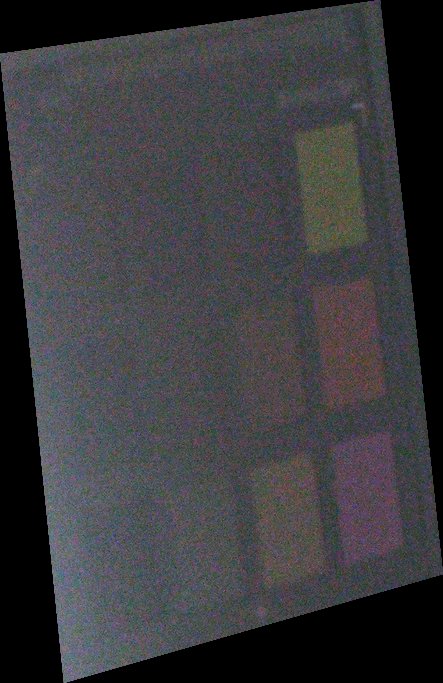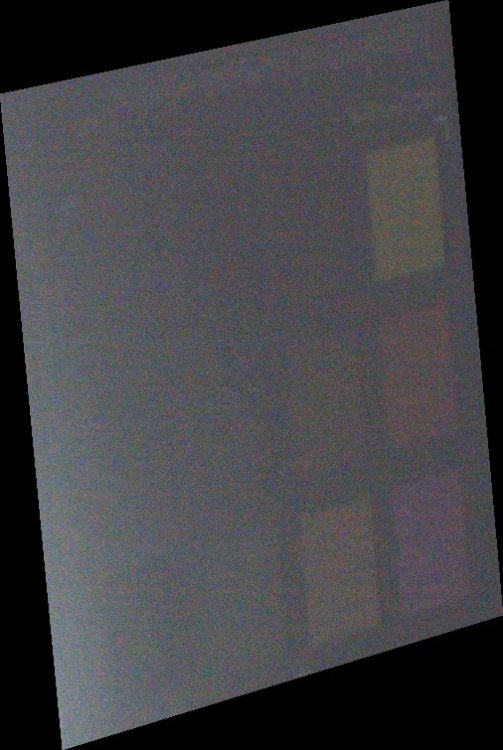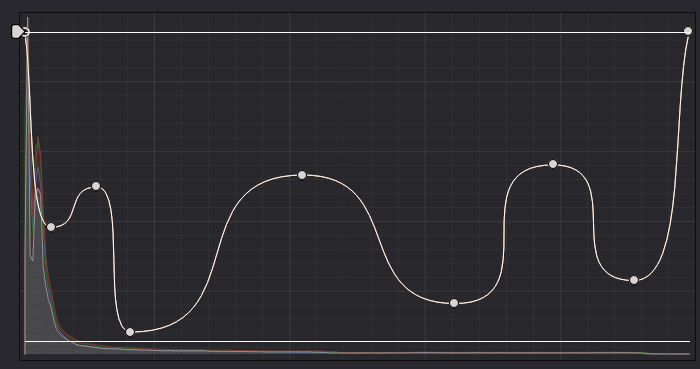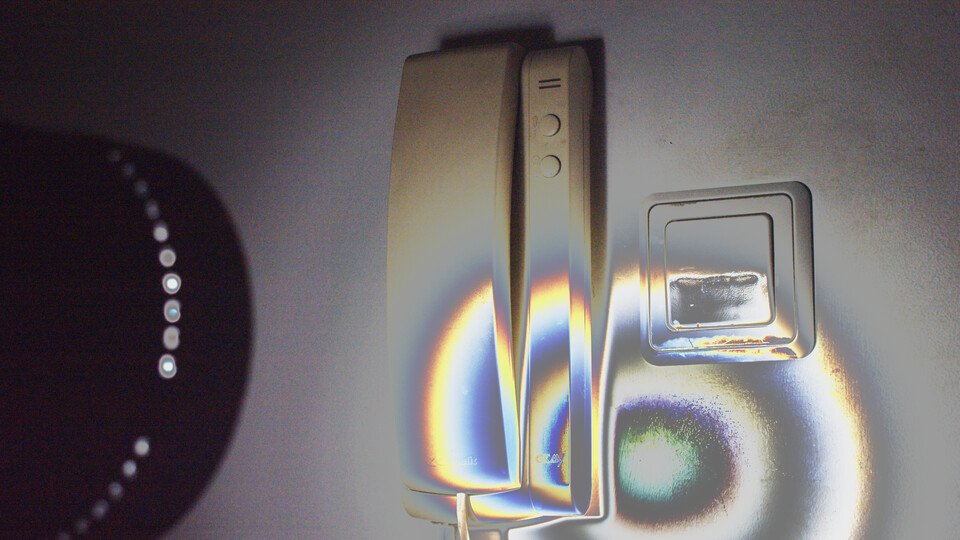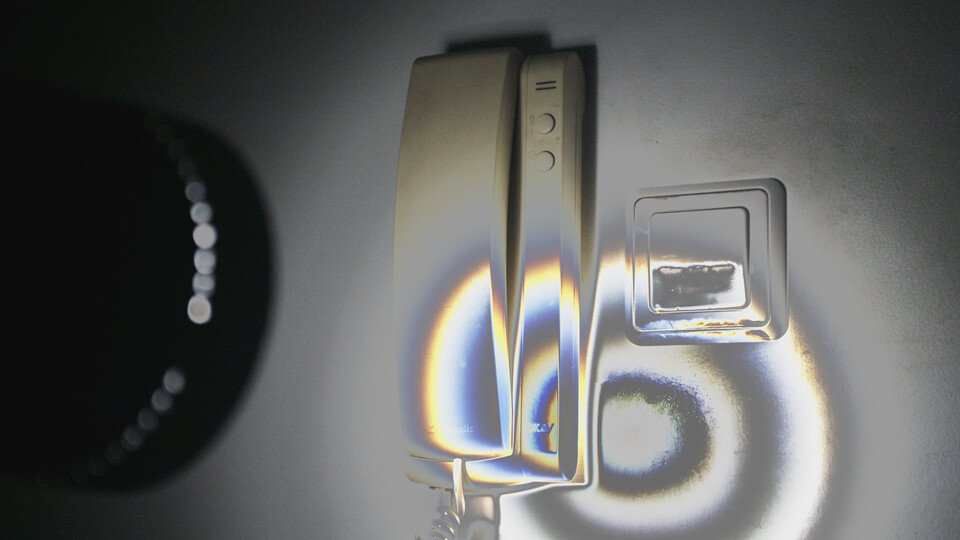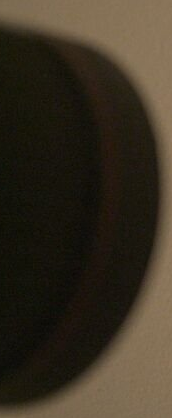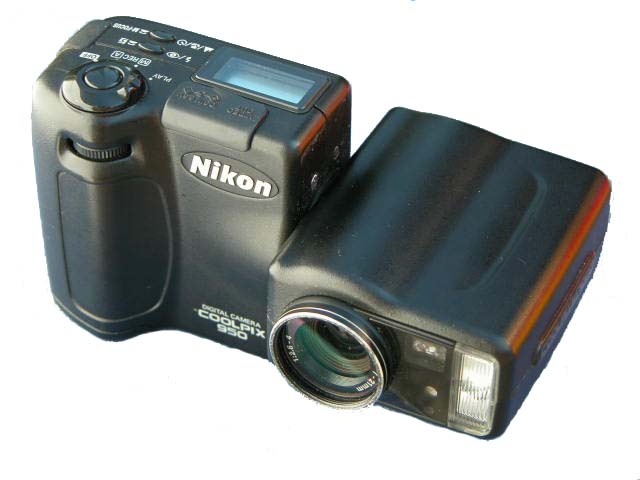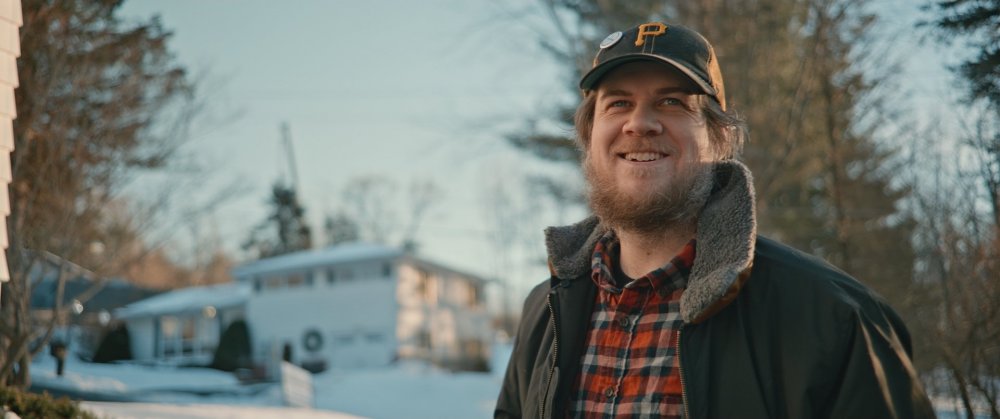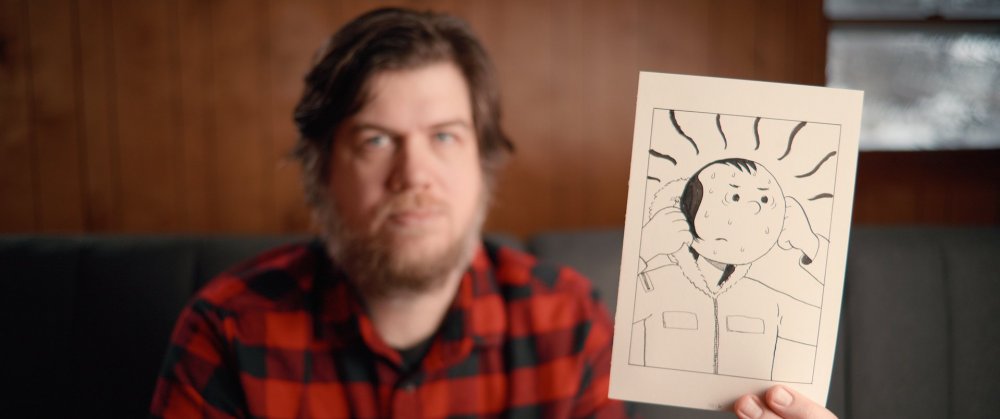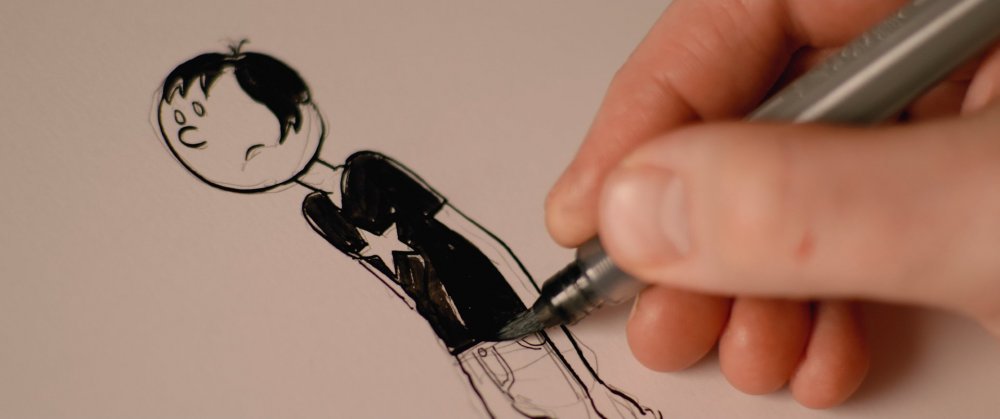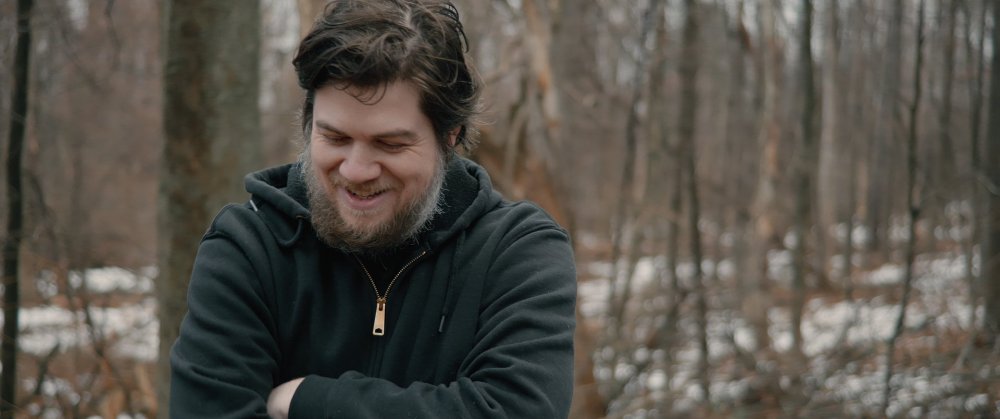Leaderboard
Popular Content
Showing content with the highest reputation on 01/06/2020 in all areas
-

Sigma Fp review and interview / Cinema DNG RAW
JJHLH and 3 others reacted to rawshooter for a topic
Since I found the YouTube comparison between the Sigma fp and the Blackmagic Pocket Cinema Camera 4K so worthless, I did a comparison test of my own. I wanted to compare the cameras in two respects: (1) dynamic range when shooting a high-contrast subject under optimal light/with optimal exposure + robustness in grading the resulting image; (2) low light/extreme high ISO image. My setup was as follows: Completely dark room; Both cameras with the same lens, Tokina 28-70mm/2.8 (Nikon mount adapted to L-mount and MFT respectively) at the same aperture setting (f4) on both cameras, but at 35mm focal length on the Pocket 4K and at 70mm on the Sigma fp to compensate for the different sensor sizes; Record settings: UHD 23.98p on both cameras, full frame CinemaDNG 12bit on the Sigma fp and BRAW Q0 on the Pocket 4K (= best quality codec settings on both cameras); For the high-contrast test: daylight-temperature LED fresnel with maximum focus/spotlight on a plastic appliance reflecting some of the light to create high contrast; both cameras at minimum/native ISOs exposed ETTR/to the right. Both cameras set to 11.25 degrees shutter angle (in lieu of an ND filter, since motion rendering is irrelevant in this test). (Note: Lowest, respectively native, ISOs on the two cameras are ISO 100 on the Sigma fp and ISO 400 on the Pocket 4K. Never mind that nominal difference, both cameras have almost identical clipping behavior at these settings, i.e. ISO 100 on the Sigma fp behaves like ISO 400 on the Pocket 4K. On both cameras, the zebras turned out to be reliable indicators for sensor clipping: To go absolutely sure that I would optimally expose the sensor, I also shot the scene at larger shutter angles - 22.5, 45, 90 and 172.5 degrees -, with zebras popping up as early as at 22.5 on both cameras. When looking at the material in Resolve, this was indeed where clipping had occurred and waveforms remained clipped in the RGB parade even when lowering exposure in Resolve's Raw control tab.) For the low-light test: same 'scene' as above, but with the LED fresnel turned off and only a practical light in the background turned on. Both cameras set to maximum ISO (256.000), at f4 and 172.5 degrees shutter angle. Treatment in Resolve: Basic image adjustments only in the Raw tab, interpretation in P3 color space with Rec. 709 gamma: adjustment of white balance/tint and exposure to make the Sigma fp and Pocket 4K footage match. (The raw material of the Blackmagic Pocket 4K was much warmer than that of the Sigma fp with the same Kelvin settings...) No highlight recovery. (Wasn't necessary anyway since there was no clipping in the images.) No noise filtering or sharpening, although the Pocket 4K's BRAW codec already has some baked-in temporal noise filtering. For the extreme grade, only a solarization-like custom curve was applied that pushed the shadows to the maximum and was meant to provoke banding in the material by pushing contrasts: I exported 16bit TIFF screengrabs which can be downloaded here (6 TIFF files in a zip archive, 133 MB). Here's how the well-exposed high-contrast scene looks like (25% downscaled images): Sigma fp Pocket 4K - Note that the difference in sharpness may be my user error, and is also influenced by the different depth-of-field between 35mm/f4 on MFT and 70mm/f4 on full frame. The manual focus aides on the Pocket 4K are much better with latest firmware, so nailing focus without an external monitor was easier. 1:1 crops of the above two images: Sigma fp (left) - Pocket 4K (right). Extreme grade, with the same curve (as posted above) applied to the two above images: Sigma fp Pocket 4K 1:1 crops of the above: Sigma fp Pocket 4K Low light, with both cameras at maximum (256,000) ISO, 172.5 degrees shutter and f4: Sigma fp Pocket 4K 1:1 crops of the above: Sigma fp Pocket 4K So, to summarize, I think it's fair to say that the full-frame 12bit CinemaDNG material of the Sigma fp simply shows the benefit of a larger sensor and its lower image noise (even at base ISO if you compare the full-size TIFFs). It's thus only logical that it holds up better in extreme grades and in low light. My likely user error in nailing the focus of Sigma fp also shows the strengths of the Pocket 4K, namely better camera assist functions and overally a better user interface/more practical user experience for video shooting. - But it's also nice to see that the Sigma fp has some genuine advantages over the Pocket 4K, especially for my own type of videomaking which revolves around event videos (concerts at indie/DIY venues) shot in extreme low light conditions.4 points -
CES 2020 Announcements
IronFilm and 2 others reacted to zerocool22 for a topic
ah dang, was hoping on a RAW tot Cfast recording module These kind of sizes for raw recorders would make a lot more sense for me, then carrying around a external monitor/recorder.3 points -
I solved all these issues by buying a GH5 and bought the Voigtlander 17.5mm F0.95, Voigtlander 42.5mm F0.95, and Laowa 7.5mm F2. Spending ~2.5K on lenses seems to freak everyone out, but think about how many bodies you've gone through.... So, I have 4K60, 1080p180, 4/5K 10-bit internal, no recording limits, incredible IBIS, and the FF equivalent of a 15mm F4 / 35mm F2 / 85mm F2 in cine packages with long focal throws and de-clicked apertures. The only "price" I had to pay for all this is to move to manual focus, which I discovered I prefer the aesthetic of, and I spend 0.00000% of my life silently screaming at the camera to focus on the right thing while the moment goes by and is lost. Welcome to the club. I think you're not a fully fledged member of these forums if you haven't made a list like this. By the way, you forgot to add: Gimbal-like IBIS 16 stops of DR dedicated buttons for all functions internal NDs mirrorless to adapt all sorts of vintage lenses 10-hour battery life pocketable / under 200g $100 or less retail price ????????????? Not a chance. Not even after Sony say in a press release that the entire line is cancelled. Not even after Sony stop making cameras. Not even after the entire company goes bankrupt and closes shop. Look at the following the NX1 still has. This will be a generational thing - like when people fight in a war and the level of fantasy / trauma means they never completely recover....3 points
-
Actually I change my wish, an update from blackmagic on the new video assist monitors that they are finally shipping with Blackmagic Raw support for the Sony FS5 and Nikon Z6.3 points
-
New year, New gear
IronFilm and 2 others reacted to Silenkiller for a topic
ive been in this boat for awhile. ive tried just about every camera out there. i need 4k60p.. soo i eventually settled with the blackmagic 4k's... but now I miss the full frame bokeh and my workflow is insane having to CC braw.. FML so now im on a panny s1r and mm the bokeh is back baby and IBIS is incredible but now im stuck with a 15min recording limit and only 8bit.. WTF. so now im thinking it might be time to just bite the bullet and get the 1dxm3 so i can have canon color science right out the gate and FF bokeh.3 points -
I expect every screenwriter to give a co-writing credit to their youngest child to ensure the family get the maximum run out of it!3 points
-

Your gear of the decade?
noone and one other reacted to Mr. Freeze for a topic
For me it´s the Blackmagic Cameras. I startet with a Canon HV 20, recording HDV on miniDV-Tapes and continued with a Canon 550D/Rebel T2i. The first Blackmagic Camera I got was the Pocket Camera (during the summer sale) and bought the 2.5k Model a couple of months later. Even if there´s no extreme grading necessary, the pure and organic quality of the Raw- and ProRes-Files was (and still is) stunning and delivers beatiful footage. Having this much features accessable for a relatively low price was great and even though the BMC Cameras did and do have their downsides, they made it possible for me to create shots that looked just like I imagined them.2 points -

Affordable speed booster for E Mount
IronFilm and one other reacted to heart0less for a topic
IMHO, it's more wise and future-proof to buy Canon EF speedbooster, then adapting your Nikon lenses to EF and finally stacking these two adapters together. Canon EF is much more universal mount than Nikon F and if you ever wanted to adapt other lenses (say M42, Pentax K, etc.), there will be no problem with achieving infinity focus, etc. I do this all the time. I've got Zhongyi Lens Turbo II with EF mount even though I don't have any native Canon EF lens.2 points -
I can't see BMD now releasing a camera in 2020 or beyond with a PL mount that isn't swappable, am pretty sure they've realised that is important2 points
-
I hope Sony announces the full frame little brother to the FX9, or Blackmagic announces a camera with a Full Frame sensor.2 points
-

Sigma Fp review and interview / Cinema DNG RAW
MikhailA reacted to rawshooter for a topic
Okay, made another test with the setup you proposed: Pocket 4K with 0.64x Metabones Speed Booster & Tokina 28-70mm/2.8 at 50mm and f2.8 [=actually at 32mm + f1.8], with camera exposed at ISO 128,000 versus the Sigma fp with the conventionally adapted, non-speedboosted Tokina 28-70mm/2.8 at 70mm and f2.8 and ISO 256,000 Images: Pocket 4K BRAW (= with some in-camera noise reduction), ISO 128,000 + 0.64x Speed Booster Pocket 4K DNG, ISO 128,000 + 0.64x Speed Booster Sigma fp CinemaDNG, ISO 256,000 1:1 crops: Pocket 4K BRAW (= with some in-camera noise reduction), ISO 128,000 + 0.64x Speed Booster Pocket 4K DNG, ISO 128,000 + 0.64x Speed Booster Sigma CinemaDNG, ISO 256,000 The result is pretty much as to be expected, with the speedboosted Pocket 4K vs. the Sigma fp performing more like an APS-C camera vs. a full frame camera in low light with high ISO. As soon you expose on native ISO (without pushing gain), you however will back to MFT vs. full frame sensor performance in regards to noise levels.1 point -

Sigma Fp review and interview / Cinema DNG RAW
Lars Steenhoff reacted to rawshooter for a topic
I made a series of exposures, by gradually opening the shutter and thus exposing beyond the clipping point indicated by the zebras. So far, the zebras both on the Pocket 4K and the Sigma fp have been 100% reliable indicators of clipping. (At least with white light where RGB clipping is uniform.) Whenever zebras became visible on the camera display, I ended up having clipped waveforms in Resolve. (Of course, "highlight reconstruction" needs to be switched off in Resolve in order to see sensor clipping.)1 point -

Affordable speed booster for E Mount
Dustin reacted to EthanAlexander for a topic
It's so-so optical quality but yes. If you're never planning to use auto lenses (viltrox compatibility is hit or miss) then this looks like a great option if you're not wanting to shell out for the metabones1 point -

Sigma Fp review and interview / Cinema DNG RAW
MikhailA reacted to rawshooter for a topic
Here's another dynamic range shootout between the Sigma fp and the Pocket 4K, this time with the LED fresnel at full power to create maximum contrast and a hard shadow, and an X-Rite Color Chart Pocket Video in the shadow to have a better indicator of shadow dynamic range. Cameras were set to 11.2 degrees shutter, ISO 100 (Sigma fp) respectively ISO 400 (Pocket 4K). With this harsh light, I needed to set the Pocket 4K to f5.6 for ETTR exposure (i.e. exposure just below the clipping point) while the Sigma fp clipped at f5.6 and needed to be stopped down to f8 for correct ETTR exposure. (This is an indicator for camera's native ISO being 800 in log. In other words, the Sigma fp is about one stop more light sensitive at ISO 100 than the Pocket 4K at ISO 400.) This resulted in the following pictures, with DCI-P3 color space + Rec709 gamma interpretation in Resolve and Color Temp/Tint and exposure sliders adjusted to have the two camera images visually match: Sigma fp Pocket 4K And extreme lift of the shadows with the following curve... ...reveals the following: Sigma fp Pocket 4K 1:1 crops of the upper left color patches: Sigma fp Pocket 4K I'd say that on the Sigma fp, three of the dark grey color patches can still be differentiated whereas on the Pocket 4K, they are undifferentiated. Since I don't have a precise-enough meter to measure the difference of the reflected light, I'd say in a completely unscientific way that the fp has probably one stop more dynamic range in the shadows when the picture is exposed ETTR. It also seems as if in the extreme shadows, the temporal noise filter of the Pocket 4K's BRAW really kicks in, since single pixels on the fp's CinemaDNG are clearly differentiated whereas on the Pocket 4K's image, they are blurred. (This is why in this scenario/grade, the Pocket 4K's image is [surprisingly] less noisy than the fp's.) - EDIT: indeed, if you compare it to the DNG still from the Pocket 4K where BRAW's processing isn't applied: - This time, I created a complete zip archive (91 MB) with one frame of the Sigma fp's CinemaDNG recording, the Pocket 4K's original BRAW file (consisting of just 3 frames) + a DNG shot with the Pocket 4K, plus the full-resolution UHD 16bit tiff of all above images:1 point -
Your gear of the decade?
IronFilm reacted to MurtlandPhoto for a topic
My gear of the decade is also the gear that started my career: the GH2. That camera came around at the precise moment I started making the transition from photography to videography. It offered superb image quality with the hacks, but it wasn't magic. You still had to work hard for it to deliver the goods. It sucked in low light and had sub-par audio. I was a poor college student so I had to learn how to light with work lights and shower curtain diffusers and sync audio from a handy recorder. The GH2 made it all worth it though. I've always said that I couldn't have gotten my start at any other time in history. Any earlier and I wouldn't have been able to commit to the time and energy of cutting together DV clips. Any later and things would be too easy and I wouldn't be at the level I am today. The GH2 was the catalyst to everything for me.1 point -

Sirui anamorphic
kye reacted to Tito Ferradans for a topic
I like the video. I was paying attention to their edits more than the lens though. hahaha. I think they did a good job of explaining what it is and what it does. Some small misconceptions here and there, but nothing terrible! hahaha As for the crop factor, it is a bit confusing. The BMPCC4k has a crop of 1.9x, so I guess what they were talking about is that an APS-C crop on top of their crop makes it 1.25x more intense. That makes no sense. It's just confusing math. If you're unsure about coverage, my video has the coverage in FF and you can get any conclusions from there. ?1 point -
Would You Perhaps Be Interested In A Different GX80/85 Colour Profile???
Shane reacted to newfoundmass for a topic
I took the chance... The GX85 has no recording limit in 4K and I filled up a 256GB card without overheating. It was nearly 6 hours continuous recording! ? What a bargain! Might be the best bargain out there today bought used!1 point -

Sigma Fp review and interview / Cinema DNG RAW
Lars Steenhoff reacted to rawshooter for a topic
Sure, here are 4 single DNG frames (35 MB zip archive) shot with both cameras in the two different light setups. The two DNGs of the Sigma fp were taken from the CinemaDNG folder, the two DNGs of the Blackmagic RAW were shot with the still function of the camera directly after shooting BRAW, with the same camera settings. (The BRAW files are too big to share here.) To better judge tonality and dynamic range, I applied another 'extreme grade' solarisation curve which, this time, doesn't clip parts of the image and also compresses the dynamic range a bit so that highlight and shadow rendition become better visible: Sigma fp Pocket 4K Full-resolution, 16bit TIFFs can be downloaded here (48 MB zip archive). Highlight rendition is pretty identical with both cameras since they were both exposed to the right. So any difference in dynamic range should be visible in the shadows. A good indicator are the color gradations and red stripe on the lamp in the foreground that (still) can be seen in the low-light, low-contrast image: In the high contrast light, neither the Sigma fp nor the Pocket 4K render these details anymore, but turn the lamp into one dark monchrome blob (with more image noise in the case of the Pocket 4K). So I think it's fair to say that both cameras have about the same dynamic range at optimal ISO settings, only that the Sigma fp renders smoother color gradations because of its lower sensor noise, as visible in the extreme grade above.1 point -
Yes, you're probably right - I've misread source as lenstip.com - so I refered to that, they have extensive set of tested lenses and accurate comparison between them, also for all Voigtlander Noktons1 point
-
To put some reality in to the crippling story, I really think that this time Canon did the max that was possible in a FF weather sealed fan less hybrid DSLR. There is no other Full Frame camera < 10k usd that come close to these rumored specs Full frame camera that can record internally > 5k RAW 60fps + good video AF: Canon C700 FF >33k usd (only with optional codex recorder 7k >usd) Canon C500 II 16k usd Full frame camera that can record internally > 5k RAW 60fps: RED MONSTRO 8K VV >54K usd Canon C700 FF >33k usd (only with optional codex recorder 7k >usd) Kinefinity Mavo LF >12k usd Canon C500 II 16k usd Canon 1Dx III 6.5k usd Full frame camera that can record internally > 5k RAW 30fps: RED MONSTRO 8K VV >54K usd Sony VENICE > 42k usd (only with optional recorder > 6k usd) Canon C700 FF >33k usd (only with optional codex recorder 7k >usd) Kinefinity Mavo LF >12k usd Canon C500 II 16k usd Canon 1Dx III 6.5k usd Full frame camera that can record internally >= 4k RAW: RED MONSTRO 8K VV >54K usd Sony VENICE > 42k usd (only with optional recorder > 6k usd) Canon C700 FF >33k usd (only with optional codex recorder >7k usd) Kinefinity Mavo LF 12k usd Canon C500 II 16k usd Canon 1Dx III 6.5k usd Alexa Mini LF > 58k usd Alexa LF > 98k usd Full frame camera that can record internally >= 4k 30fps 10bit 4:2:2 LOG + good video AF Sony FX9 11k usd Canon C700 FF >33k usd Canon C500 II 16k usd Canon 1Dx III 6.5k usd Full frame camera that can record internally >= 4k 30fps 10bit 4:2:2 LOG RED MONSTRO 8K VV >54K usd Sony VENICE > 42k usd Canon C700 FF >33k usd Sony FX9 11k usd Kinefinity Mavo LF >12k usd Canon C500 II 16k usd Canon 1Dx III 6.5k usd Alexa Mini LF > 58k usd Alexa LF > 98k usd Panasonic SH1 4k usd Naturally this is based on rumored spec and it just a spec comparison only, image quality, ease of use and job suitability is another story. Again if you are video only a C200 or FX9 or C500 II is probably a better investment, for hybrid shooter like me it seem a huge upgrade from 1Dx II for video. Then maybe in a week Sony announce the famous ready to launch since 2018 A7s III with 6k RAW at 60 fps with AF for 3.5k usd, but right now there is really nothing close.1 point
-
Lensrentals always note what camera is used for test - and all of them include internal processing. Further more, what lensrentals testes lack is including of video or movie side perspective of usage (dealing with between frames rendition is science for itself). But even so, at least two Voigts reach top level of "sharpness" at f2.8 without being corrected. Misleading and sort of sterile approach is most noticeable in case of 10.5mm lens - actually probably the most unbelievable thought off of all Voigts. This is lens analog to Cosina's own Zeiss Distagon 21mm, for which they never even tried to make anything but f2.8 version. Actually yes - manufacturers indeed put some sort of up-res/sharpening inside software gimmicky even at before-raw level processing... Take a look to, say, Panny 20mm f1.7, stunning "sharpness" with feather like lens... but its "sterility" as trading mark of all more or less (in "Leica" models) Panasonic lenses is, actually, pure result of artificial sharpening/contrasting which reduce natural color distribution. To put it simply, almost 10 years after first introduction, Voigtlander Noktons stay unique, untouchable by any Chinese manufacturer of nice ambition. Their production is too precious and expensive and include too much experience and will to play and support (than) new market. Veydras are straightforward and sort of safely one dimensional highest quality lenses... but more than two stops (out of any constructional risk) behind Voigts.1 point
-
Yes, but so are most lenses. You have to be very careful with these things - there is a fundamental flaw with lens tests. We tend to test lenses at 5.6, 2.8, and wide-open. This is a trap because there are many lenses that are wide-open at f1.7 (for example) and that lens is sharper wide-open than the Voigtlander is wide-open, but here's the thing, that's comparing one lens at f1.7 and the other at f0.95 so it's not a fair test. The Voigtlander is sharper when it's at f1.7 than the other lens is, but no half-baked lens test will tell you that. You have to be sure that you're not comparing apples with oranges. Here are some charts to show you what I mean.. Voigtlander 42.5mm So, you can see that by f2.8 it sharpens right up. For comparison, here's a Zeiss CP.2 at T2.1 - the Voigtlander is sharper across most of the frame when it's at F1.4 than the Zeiss at T2.1, and these lenses are radically more expensive. Here's the Samyang Xeen cine lens, with it's absolutely terrible performance wide-open at T1.5....... and here is a Zeiss Super Speed, one of the classic cine lenses (a set of them sells for over $100K) with it's very poor, but hugely desirable, softness wide open... These comparisons aren't exactly fair considering that these other lenses are full-frame, but to dismiss a lens based on softness wide open is just stupid when you understand that most lenses are soft wide open, and also take into account how much faster the Voigtlander is. So let's compare the MFT competition too... Here's the Voigtlander at F1.4 and F2.8 for comparison: This is the Panaleica getting crushed wide-open: This Olympus is about on par with the Voigt at f1.8 This is the Panasonic not really beating the Voigt: This Olympus PRO lens not really looking quite so PRO in comparison to the Voigt: And the Panaleica f1.2 also failing to beat the Voigt: So basically: The Voigt is sharper wide-open than many of the classic / industry standard FF cine lenses The Voigt is of similar or better sharpness as the competing MFT lenses when they're wide open, and it opens up further, so you can use it stopped down or you can open it up further to get more light in Many of the people that like things like the Zeiss Super Speeds actually like the softness of the lens wide-open because it's like having two different lenses - vintage when open and more modern when stopped down, so the softness of the Voigtlander is actually a desirable thing for some. Now, is the Voigt perfect? No. They're expensive, they have a colour cast when wide open, I've heard they're not built to be repaired and they're only MFT so who knows if they're a good long-term investment. Are they the sharpest lenses available? No - the Veydras are much better performers at equivalent apertures. But should we cast them aside because they're soft wide open? No.1 point
-
I believe 2020 is the year the NX2 will be announced! ? We've waited long enough.....1 point
-
That’s why nobody bought the S1 series and they are 50% off.1 point
-
People are often biased towards what they own1 point
-

Stuff Made Before 1920 Is Now Royalty Free
Zach Goodwin2 reacted to Matt Kieley for a topic
This is an interesting interview about fair use with the creators of Nirvanna the Band the Show (which is hilarious and everyone should watch it).1 point -
I Have Filmmaker's Block
Zach Goodwin2 reacted to capitanazo for a topic
i think you have to explaind more about the project. The first things you can do is watch good documentaries, watch some docs from chris marker, herzog and others documentalist. other things you can do is to start filming sketch, get your camera to the locations to do a "camera block"(idk how it is on english but is basically just try shoots on the location). do your homework and investigate, do preview interviews to the characters from your interview before you shot.1 point -

I Have Filmmaker's Block
Zach Goodwin2 reacted to kaylee for a topic
sometimes, when you're making a doc, a NEW LEVEL OF NARRATIVE reveals itself as things move along...! keep an eye out! ?1 point -

I Have Filmmaker's Block
Zach Goodwin2 reacted to Grimor for a topic
Do you sometimes feel that you record everything the same? That you choose the shoots always in the same way and that all your productions look similar? It's just what happens to me. What I feel the day "D".1 point -

I Have Filmmaker's Block
Zach Goodwin2 reacted to hyalinejim for a topic
Decide on the style and format of the doc and then get those shots. - Interviews, yes or no? Who to talk to? Where? What questions? How should it look? - Voiceover, yes or no? If so, write the script for the VO and record it Once you have the interviews and/or VO you can put a rough edit in place and then you'll know what B roll you need to illustrate the points being made. And if you know some of this in advance you can begin to capture the B roll now, in which case you should also think about what style you want to shoot it in.1 point -

BTS On Challenging Shoots
Emanuel reacted to heart0less for a topic
It must've been really taxing on the whole production team, wow. This BTS definitely comes to my mind: Though, truth be told, I enjoy more watching some small BTSes on Vimeo. Simply because they are not AAA titles, which have all the money and resources in the world. Here is one of my favorites (still, it's one of the fancy ones - burning down houses? being able to cast ~100 extras?)1 point -
1 point
-
CES 2020 Announcements
Lux Shots reacted to Video Hummus for a topic
The blood comet must pass over the super blood moon before such a thing shall come to pass.1 point -
CES 2020 Announcements
Mako Sports reacted to Rinad Amir for a topic
Its about time for Sony to release the dam thing!1 point -
CES 2020 Announcements
Lux Shots reacted to Rinad Amir for a topic
Panasonic finally announcing release date firmware for S1H maybe? I mean common we ready for Raw?1 point -
1 point
-

Stuff Made Before 1920 Is Now Royalty Free
Zach Goodwin2 reacted to IronFilm for a topic
A good reason to have a new kid every year. Maximize that copyright potential!1 point -

Stuff Made Before 1920 Is Now Royalty Free
Zach Goodwin2 reacted to IronFilm for a topic
Your entire post shows utterly utterly and completely fcvked up copyright laws are across the world! And the USA has a large amount of that blame! Forcing their stance onto other countries. And Mickey Mouse constantly being extended (2024 will be a year to watch!). https://arstechnica.com/tech-policy/2019/01/a-whole-years-worth-of-works-just-fell-into-the-public-domain/1 point -

Panasonic GH5 - all is revealed!
Adam Kuźniar reacted to kye for a topic
Best approach is to work out what you’re missing and then either fix that or give yourself a reality check.. For example, if you’re chasing good autofocus then you should consider why you need AF in the first place, and if using a deeper DoF would fix it, for example. The reality check is to assume you just bought an A7iii, so just donate $4K to charity to simulate the financial hit of being locked into the Sony lens rort, then take all your 10-bit footage and batch convert it to 8-bit and apply a sickly green WB to simulate the experience in post. There’s currently no FF camera that can do everything the GH5 does without giving up something. Even the S1H (which won’t fix your AF envy) will still hit the CC pretty hard and IIRC is bigger and heavier than the GH5. The grass always looks greener, but often it tastes just as bad, but in a different way.....1 point -

Fuji X-T3 and X-T4 discussion
proteanstar reacted to MacVit for a topic
Привет всем! Тест Astia XT3 18-55, без градации цвета. Только EXP, WB & SAT. Все настройки minus, DR400 все!1 point -
Stuff Made Before 1920 Is Now Royalty Free
Zach Goodwin2 reacted to 1Ale82 for a topic
The script itself is royalty free, but the recording/execution/performance is copyrighted. Usually lyric operas are royalty free for the script since most of them were composed before 1950, but the theatres organizing the performance own the copyright of the performance: if the theatre record it and make a CD, they own the recording. If no one is recording the performance, you still cannot go there and record/broadcast it yourself off the records since the execution is still protected, even if it is in a public area. The same goes for concerts and orchestras. At least this is how it works in my country, Italy. But you are always free to play the music yourself and record it, so you own your copyright ?1 point -

Stuff Made Before 1920 Is Now Royalty Free
Zach Goodwin2 reacted to kye for a topic
If YT detects that you've used someone elses music then it applies the relevant rule from its database. Most songs get your video demonetised (which means the ad royalties go to the copyright holder of the music instead of you) but some songs are blacklisted and so your video is just blocked and no-one can view it. YT has a search engine here to inspect what the rules are: https://www.youtube.com/music_policies?ar=2&nv=1 TBH it's actually pretty draconian considering that you might plan, write, cast, shoot, edit, grade and publish a 90-minute video but if you include something like 10s of someone elses music then they get the entire ad revenue and you get nothing, but then again on the other hand YT gives you about 0.3c per view, so you're basically not making much money anyway, which is why every video is now sponsored.1 point -

Stuff Made Before 1920 Is Now Royalty Free
Xavier Plagaro Mussard reacted to sanveer for a topic
It's SCARY that Corporates and Not Authors, have been pushing Copyrights to a Century and beyond. Copyright should only exist for a few years (10-20) post the authors death. After that its just corporate terrorism. Also it's scary how corporates and the big artists caught for copyright theft aren't punished more severely.1 point -
Stuff Made Before 1920 Is Now Royalty Free
Zach Goodwin2 reacted to leslie for a topic
No idea how royalties or copyright works. Seems to me youtube has to be getting away with murder with the amount of people doing "covers" and the music sometimes associated with some videos. Technically is that not an infringement ? While in principle i agree with the concept of artists getting their due. I mostly buy cd's so you cant really not pay royalties but i suspect the royalties may be a bit steep if i wanted to use a song in some sort of video, which would probably stifle things somewhat. Getting back on topic i think i could do something creative with the 1812 overture or ride of the valkeries but classical gas is still copyrighted as well as everything from the 1080's. You know by the end of the 80's all the best notes had been used up. Stuff that came after that might have had a beat or bass but i'm not sure you could call it music. ? sadly its all academic, well all be long dead before its free to use creatively?1 point -

Stuff Made Before 1920 Is Now Royalty Free
Zach Goodwin2 reacted to BTM_Pix for a topic
Be aware that the rules are different for different countries. https://en.wikipedia.org/wiki/List_of_countries'_copyright_lengths#Copyright_durations_by_country In the US, for anything made before 1978, it is 95 years (so anything 1925 and older is now public domain) but for post 1978 it is now the life of any of the authors plus 70 years. That 1978 split throws up some interesting anomalies when you look at the music of John Lennon for example and his two number one records "Imagine" and "Woman". "Imagine" was 1971 so is pre the change so has the 95 years protection and won't expire until 2066. "Woman" was 1980 so is post the change so now only has 30 years left as Lennon was killed the same year and expires in 2050, which is sixteen years prior to a song that came nine years earlier. In the UK, which doesn't have the same 1978 split but does have the "70 years after the last author dies" rule, there is an even bigger anomaly with Lennon due to his work in The Beatles. If you look at a John Lennon solo track like "Working Class Hero", then due to his death in 1980 that only has another 30 years to run, whereas something he wrote for The Beatles with Paul McCartney a few months earlier like "Let It Be" , still has 70 years plus however long McCartney lives for. So the solo track expires in 2050 whereas the co-written one is going to be at least 2090. For years, McCartney has been trying to get Yoko Ono to do a deal where they would change the joint Lennon&McCartney credit to whichever of the two of them actually wrote the song. I'm presuming this is because many of The Beatles' songs that McCartney wrote such as "Let It Be" and "Yesterday" are covered far more frequently than Lennon ones such as "Strawberry Fields" or "I Am The Walrus" so he wants what he sees as a fairer slice of the cake. Yoko has always resisted this, I'm guessing not only because it would be a sizeable and immediate financial hit but also because the joint authorship with one surviving writer in the partnership will alive will keep The Beatles royalties coming in for the Lennon family for far longer. As @Emanuel says those rules for films (in the UK at least) meaning that the clock doesn't start ticking until the Writer, Director and Soundtrack Composer have all died will keep a lot of films covered for quite some time. If you look at "Driving Miss Daisy", the Best Picture winner at the 1990 Oscars, as an example, the Writer, Director and Soundtrack Composer are all still alive so that is now guaranteed to have a minimum 100 year run. The 1980 winner "Kramer vs Kramer", still has all three alive as well so that is going to be a minimum of 110 years.1 point -

Stuff Made Before 1920 Is Now Royalty Free
Zach Goodwin2 reacted to Emanuel for a topic
The motion picture work is triple copyrighted (screenwriter, director and music composer) so counts 70 years after the death of the last one. Obviously this rule varies from one jurisdiction to another, depending on the convention to tie. - E.1 point -

First music video with the Z6 & green screen
homestar_kevin reacted to M Carter for a topic
Thanks - it was shot 24p greenscreen, in my tiny studio space. I shot it 24 to synch the vocals, when we shot it I just had a rough visual idea and had done zero tests for style, in fact I didn't decide to posterize the time for a "stop-motion" ish look until I was well into it. I edited/delivered 1080, since I relied on slow mo for most of the girl's scenes. If I'd had more time, I would have worked more on the time effects to see if I could get a better sense of synching, but this went from "can you shoot a video??" to delivered in like 9 days, much of which was spent trying to find a model for the budget! The post work was really immense, every character shot got a color pass for the final animation color-look, a pass to make footage that then got more of a "line art" pass, and a mask pass (just keylight - the Z6 keys REALLY nicely, even right off the card - I have the Ninja but I skipped it for the girl since the Z won't send 120fps via HDMI, even for monitoring). I shot most of it with a Kessler crane with the 5' setup, on wheels, just to quickly configure shots - it's a really fast way to work. Most of the elements were photoshop, I had a few images left in my monthly shutterstock account, and I have a big library of skies and textures, and then image-search-swiping to the rescue! Some photos, some just digital paintings, some a mix. The gears and picture frames were done in Daz Carrara, a POS aging 3D software that I've used for like 12 years. It has zero AE integration, but since this was mostly static shots using the 3D camera in AE, I just did a pass with camera trackers pasted onto planes to get track data for camera moves, which were all just simple pull-outs. (I really really have to learn some basic Cinema 4D, don't I???) (Imagine what we could accomplish if we didn't need sleep!) Anyway, it was supposed to be "just shoot the guy and, I dunno, float some pictures in or something", but I feel like most rock covers are "why did ya even bother", but I felt this was a nice take, gave a different angle to the song, and the singer's become a good friend over a few shoots. Overall pleased with it, The Cure songs to me are sort of "dark fairy tales" and I wanted something that felt almost like children's book illustration. Hope it gets a zillion views!1 point -

Sirui anamorphic
Emanuel reacted to Tito Ferradans for a topic
I waste no time! hahaha. Mine is the final version. Bokeh depends a lot on the focused distance, smoother the further away you focus and really cat-eyed on the sides when at min focus. There's a sweetspot somewhere in the middle. As for flare, many things can be influencing your perceived difference, from white balance to color correction. What @kye said. Pushing the hues all the way around is pretty extreme and bound to give you poor results. You can still try it. hahaha You're welcome!1 point -

Panasonic S1H review / hands-on - a true 6K full frame cinema camera
Vintage Jimothy reacted to Zak Forsman for a topic
Seems people like pairing their S1H with Leica-R lenses... and I'm one of them! I'm shooting a short doc on my brother about his comic book, "I Am Not Okay With This", as it's currently being adapted into a series for Netflix. This will be the second time he's had a comic book adapted into a series. The first was "The End of the F*cking World" which did well, however, he told me that people would see him signing copies of the original comic at cons, and accuse him of "ripping off the show". So this time, i wanted to help raise his profile a bit when "I Am Not Okay With This" is released, and it gives me something to flex my creative muscles on. Anyway, some sample stills... Panasonic S1H, Leica Summicron-R 35mm, 50mm, & 90mm. Not a final grade -- just wanted to get some images out.1 point -
BMCC 2.5K and original pockets image quality made my jaw drop. GH2 was the mysterious affordable super cam I never came to own. GF1 for being the most beautiful camera body in poor mans digital leica land. GH5 making awesome image quality a super common thing. And most definately Davinci Resolve. Exuse my diction, it´s late over here and time to go to sleep.1 point

